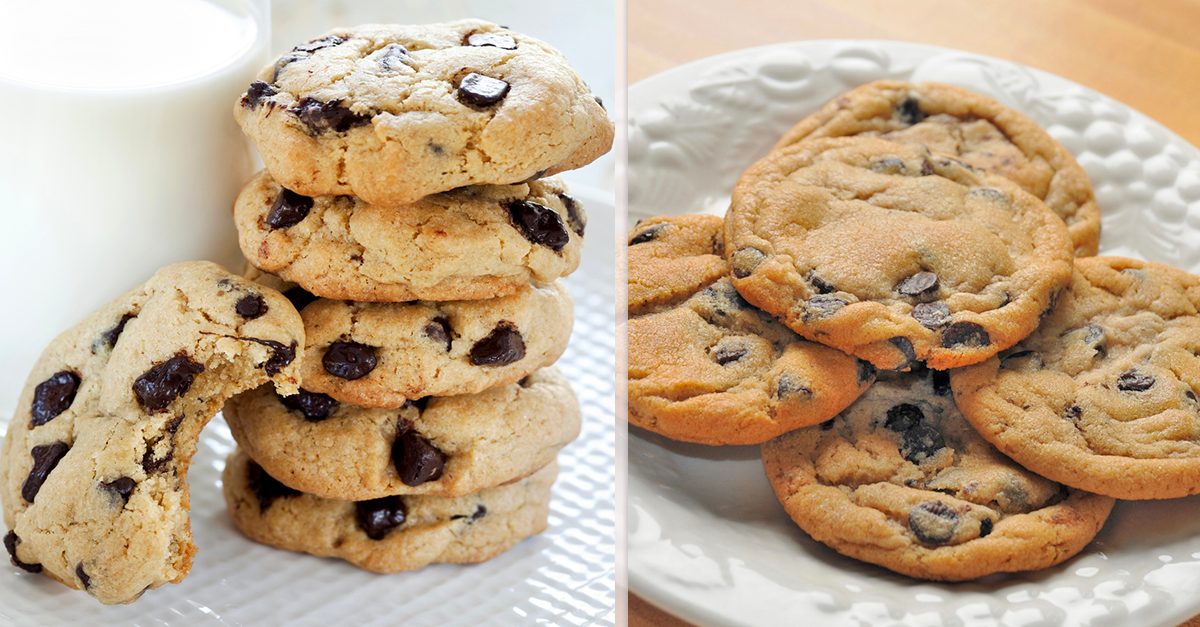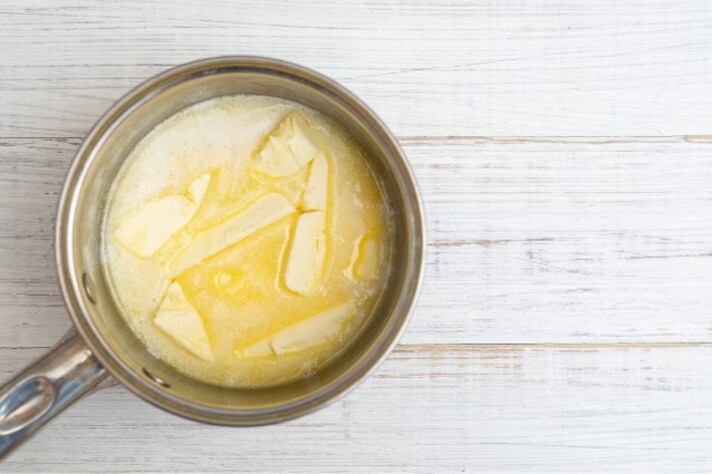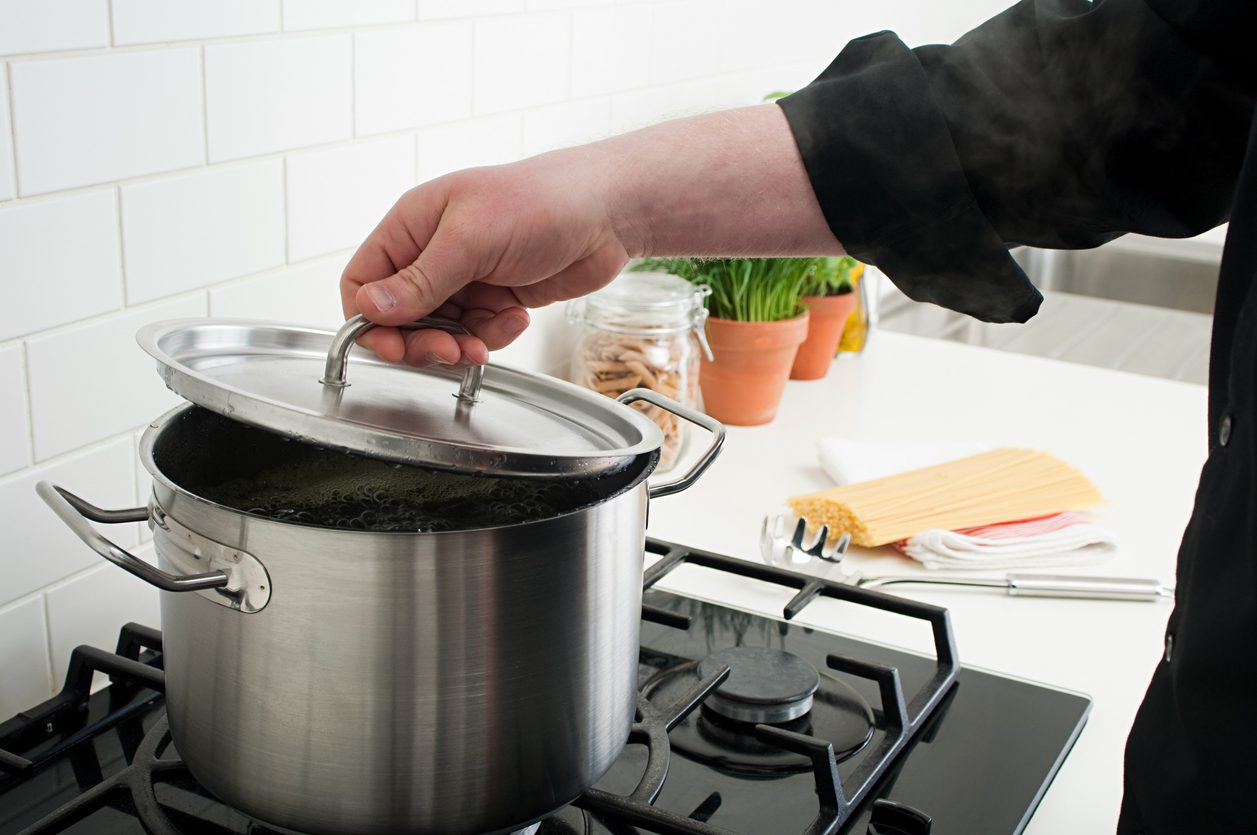Why You Should Never Use Warm Ingredients When Making Your Biscuits (Seriously, Don’t)
While you might think it doesn't matter, your ingredients (and utensils) temperature when making biscuits matters: warm ingredients might compromise your biscuits' final texture and overall structure. Butter, especially, if used warm instead of cold, might make the dough sticky and produce more of a dense and heavy texture, as opposed to the one typical of biscuits, which are flaky and crumbly.
;Resize,width=742;)
Biscuits are a beloved comfort food, known for their flaky, buttery texture and delightful taste. While the recipes may seem straightforward, they require precise techniques and ingredients to achieve the perfect result. One common instruction in biscuit recipes is to use cold or room temperature ingredients. But what if you accidentally use warm ingredients or leave them out a bit too long? Nothing's going to happen, right? Actually, everything might go wrong, and you'll end up with terrible biscuits. Here's why.
Why Do Biscuit Ingredients Need to Be Cold?
Cold ingredients are crucial for making biscuits because they help create the desired texture. The key lies in the fat, usually butter, used in the dough. Cold butter retains its solid form when mixed with the dry ingredients, which helps create layers within the dough. As the biscuits bake, the water in the butter evaporates, creating steam that separates these layers, resulting in a flaky texture. If the butter or other ingredients are warm, they will blend too thoroughly with the flour, creating a dense, cake-like texture instead of the light, airy structure that defines a good biscuit. Additionally, using cold utensils and chilling the dough can further ensure that the butter remains solid until baking.

What Happens if I Use Warm Butter for Biscuits?
When butter is warm, it becomes soft and begins to melt. This means it will integrate too completely with the flour, leading to a homogeneous dough. Without solid chunks of butter to create steam, the biscuits will lack their characteristic flakiness and may turn out dense and heavy. Warm butter can also cause the dough to be overly sticky, making it difficult to work with and shape. The end result is a batch of biscuits that are more akin to bread rolls than the flaky, tender biscuits you intended to bake.
Are There Occasions in Which I Can Use Warm Ingredients for Biscuits?
While cold ingredients are generally preferred for traditional flaky biscuits, there are some variations where room temperature or warm ingredients can be used effectively. For example, drop biscuits or scones often call for softer butter or even melted butter. These recipes rely on a different texture, where the butter is more fully incorporated into the dough, creating a more tender and cake-like product rather than a flaky one. Additionally, some biscuit recipes designed for quick and easy preparation might be more forgiving and specifically instruct to use room temperature ingredients.
;Resize,width=767;)
;Resize,width=712;)

;Resize,width=712;)
